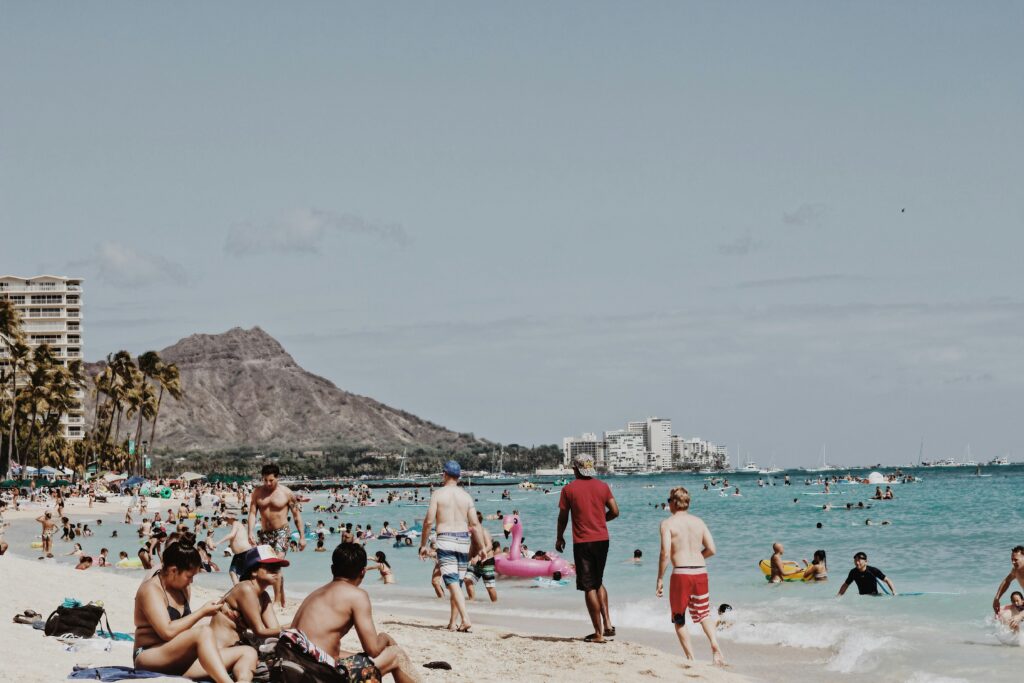
When I landed in Paris a few years ago, I was excited. I grabbed my café and croissant, feeling like I was living the dream. But when I checked my bill, I nearly choked on my pastry. “Why is this so expensive?” I thought. It dawned on me: I was a tourist. And as I learned, being a tourist often means being charged a bit more.
In this post, I’ll unpack why tourists often face higher prices. Understanding this can save you money and frustration on your next trip. Let’s get into it!
Why Tourists Pay More
First off, let’s talk about what’s really going on behind the scenes. Many businesses know tourists are often willing to spend more. Here are a few key reasons:
1. Demand and Supply
Tourism can create a hefty demand. Think about it: during high seasons, travelers flock to popular destinations. Businesses recognize this and may raise their prices. It’s simple economics. More demand often leads to higher prices.
2. Location, Location, Location
Have you ever noticed how a café near a famous landmark charges more than one a few streets over? That’s not an accident. Prime locations come with a premium. If you’re looking for savings, it might be worth wandering a bit further away from the tourist hotspots.
3. Tourist Tax
In some cities, tourists pay what’s called a “tourist tax.” This tax helps maintain local infrastructure and services. But it also adds to your expenses. Always check before you travel to know what to expect.
Hidden Costs of Travel
Not all costs are upfront. There are hidden expenses that can sneak up on you. Here’s what to watch for:
1. Hidden Fees
Many hotels charge resort fees or service charges that you might not notice until you check out. Always read the fine print. Call ahead and ask about any extra costs.
2. Currency Exchange Rates
If you’re converting money, be cautious. Airport exchange rates are often terrible. Opt for local ATMs or banks for better rates. Better yet, consider using credit cards that avoid foreign transaction fees.
Practical Tips to Avoid Markups
There are ways to navigate these price hikes. Here are some strategies to help you keep your budget intact:
1. Do Your Research
Before you go, look into prices in advance. Websites, travel blogs, and forums can help you gauge what’s reasonable in the area you’re visiting. Knowledge is power!
2. Travel Off-Peak
If your schedule allows, consider traveling during off-peak times. You’ll find that flights, accommodations, and even attractions can be much cheaper. Plus, you’ll avoid the crowded tourist spots.
3. Choose Local Over Tourist
When dining or shopping, seek out local businesses instead of tourist traps. They often offer better prices and authentic experiences. Plus, you’ll be supporting local communities!
Understanding Price Markups
Sometimes, the higher price comes from quality. Not every pricey meal or experience is a scam. Upscale restaurants, guided tours, or luxury hotels often come with a price tag that reflects quality, exclusivity, or unique experiences.
Balance Is Key
It’s essential to strike a balance. Know when to splurge. Sometimes spending a little more can lead to a better experience. For instance, consider a guided tour at a historic site that enriches your understanding and appreciation of a culture.
Final Thoughts
It’s easy to feel taken advantage of when you see inflated prices as a tourist. But understanding the reasons behind these markups gives you the upper hand. With some research and planning, you can enjoy your travels without breaking the bank.
Remember, traveling should be fun, not stressful. Keep these tips in mind, and you’ll find that you can have a great experience without overspending. Safe travels!
[Related: Check out “How to Find Affordable Travel Deals” for more tips on saving money while exploring the world.]
